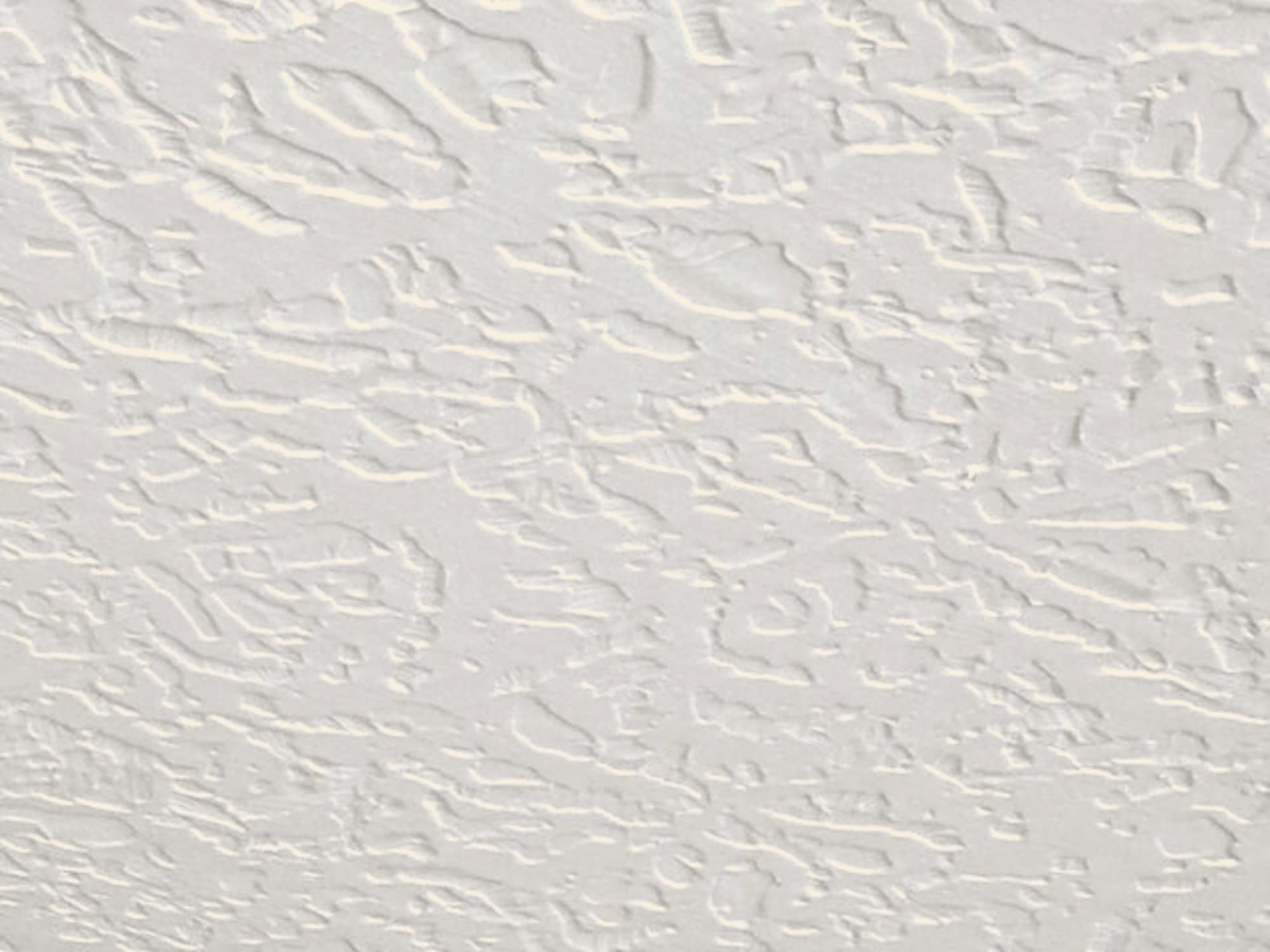
If your material has scratches, waves, or small holes, covering it with texture can conceal the imperfections.Īnother big reason why more people go for a textured ceiling over a smooth flat surface is the price. One of the biggest advantages of a textured ceiling is hiding blemishes. And don’t worry – all-new textures are asbestos-free! Pros You may decide that even though you’d prefer the look of a flat top, a textured ceiling makes more sense. Since textured ceilings are hit or miss, let’s look at the pros and cons. Today, textured ceilings are hit or miss.

Textured ceilings were a big success in years past, but they quickly lost popularity once it became public knowledge that many of these textures contained asbestos. Textures often use spackle, plaster, mud, styrofoam, and other components to add depth and dimension to a flat ceiling. When a ceiling is finished, it has other materials applied over the top of the sheetrock instead of only paint. A textured ceiling is also referred to as a finish. Some builders and homeowners choose to have a textured ceiling – when the surface has a rough feel and look instead of smooth. Now that I’m older (we’re not going to say a number), I’ve learned these ceiling designs were on purpose.

Have you ever stared up at the ceiling in a room and noticed odd bumps or decorative swirls instead of a smooth surface?Īs a young child, I thought it was a sign of a lazy finisher who didn’t smooth the ceiling once they installed it. We’re going to discuss 22 different types of ceiling textures so you can identify each and decide which is right for your home.

Having a ceiling with a different texture than your walls can ruin the design of your room. If you want to complete the look and feel of a room, you should consider your ceilings. But many people rarely think of the ceiling. When it comes to remodeling a room, many people consider how they want the floors and walls to look.


 0 kommentar(er)
0 kommentar(er)
